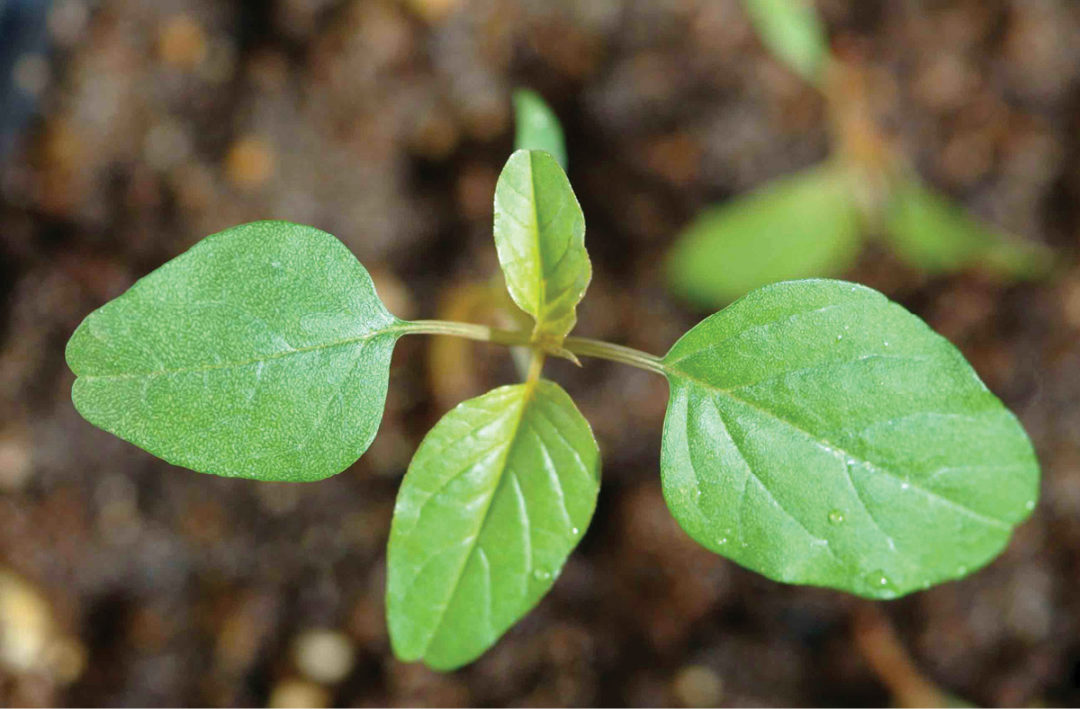No-Till Farmer
Get full access NOW to the most comprehensive, powerful and easy-to-use online resource for no-tillage practices. Just one good idea will pay for your subscription hundreds of times over.

There’s just nothing good that can be said about Palmer amaranth. It’s capable of wiping out 78% of soybean yields and a whopping 91% of corn yields on a given farm. Studies have shown populations are resistant to glyphosate, atrazine and HPPD-inhibiting herbicides.
With reports of Palmer amaranth popping up throughout the Midwest, the risks for an infestation are increasing. As of last December, the infamous pigweed had been reported in the U.S. as far north as Wisconsin, with the most recent confirmation coming from Harrison County, Iowa, along the border of Nebraska.
Adam Davis predicts the weed will continue spreading throughout the upper Midwest, which means farmers need to be on high alert.
“I don’t think there are many barriers stopping it,” the Urbana, Ill., USDA-ARS weed scientist says.
The good news is that by leaving the soil undisturbed and using cover crops, no-tillers may have an advantage over their conventional-tillage neighbors in fending off the voracious weed.
Palmer amaranth’s presence is limited by seed, Davis says, and with a single female plant capable of releasing more than 400,000 seeds, its population can grow rapidly. And it’s not too difficult for seeds to spread to new places.
Contaminated manure and machinery are the most likely sources spreading the weed, he says, adding that animal operations in Illinois were the first to see the weed emerge.
He encourages no-tillers to think about possible sources of contamination, such as manure coming from the South where cottonseed was used…